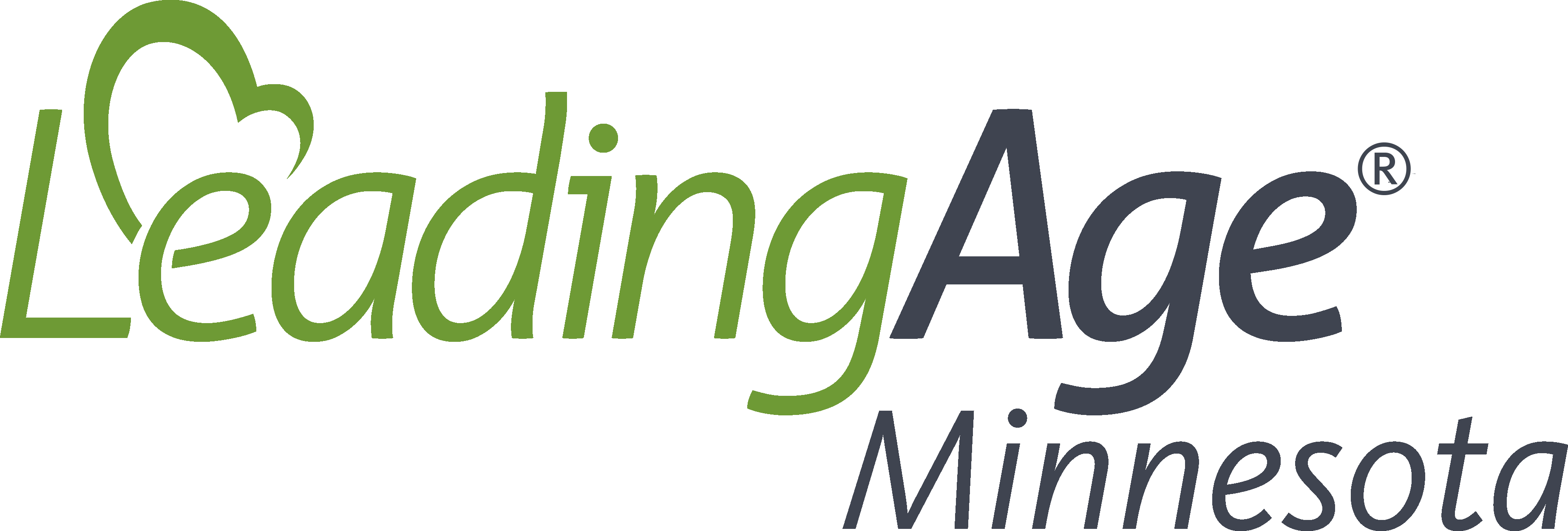Person-centered Planning and Service Delivery Process in Assisted Living
Posted on June 16, 2021 by Bobbie Guidry
One of the new minimum requirements for assisted living licensees under 144G.41, Subdivision 1 is to utilize a person-centered planning and service delivery process. While each resident is currently assessed and participates in developing their service plan, there is a specific definition for this new assisted living requirement.
The definition under assisted living means services as defined in section 245D.07, subdivision 1a, paragraph (b):
Services must be provided in a manner that supports the person's preferences, daily needs, and activities and accomplishment of the person's personal goals and service outcomes, consistent with the principles of:
(1) person-centered service planning and delivery that:
- identifies and supports what is important to the person as well as what is important for the person, including preferences for when, how, and by whom direct support service is provided;
- uses that information to identify outcomes the person desires; and
- respects each person's history, dignity, and cultural background;
(2) self-determination that supports and provides:
- opportunities for the development and exercise of functional and age-appropriate skills, decision making and choice, personal advocacy, and communication; and
- the affirmation and protection of each person's civil and legal rights; and
(3) providing the most integrated setting and inclusive service delivery that supports, promotes, and allows:
- inclusion and participation in the person's community as desired by the person in a manner that enables the person to interact with nondisabled persons to the fullest extent possible and supports the person in developing and maintaining a role as a valued community member;
- opportunities for self-sufficiency as well as developing and maintaining social relationships and natural supports; and
- a balance between risk and opportunity, meaning the least restrictive supports or interventions necessary are provided in the most integrated settings in the most inclusive manner possible to support the person to engage in activities of the person's own choosing that may otherwise present a risk to the person's health, safety, or rights.
LeadingAge Minnesota has requested the Minnesota Department of Health to share what evidence is expected to demonstrate that person-centered planning and service delivery has occurred to assure providers have a clear understanding of expectations. Additionally, understanding the root of the requirement will guide you in developing your procedures and practices to ensure planning and services are delivered in a person-centered manner.
Comments
Add a comment
Members must sign in to comment
You must be a member to comment on this article. If you are already a member, please log in. Not a member? Learn how to join »

No one has commented on this article yet. Please post a comment below.